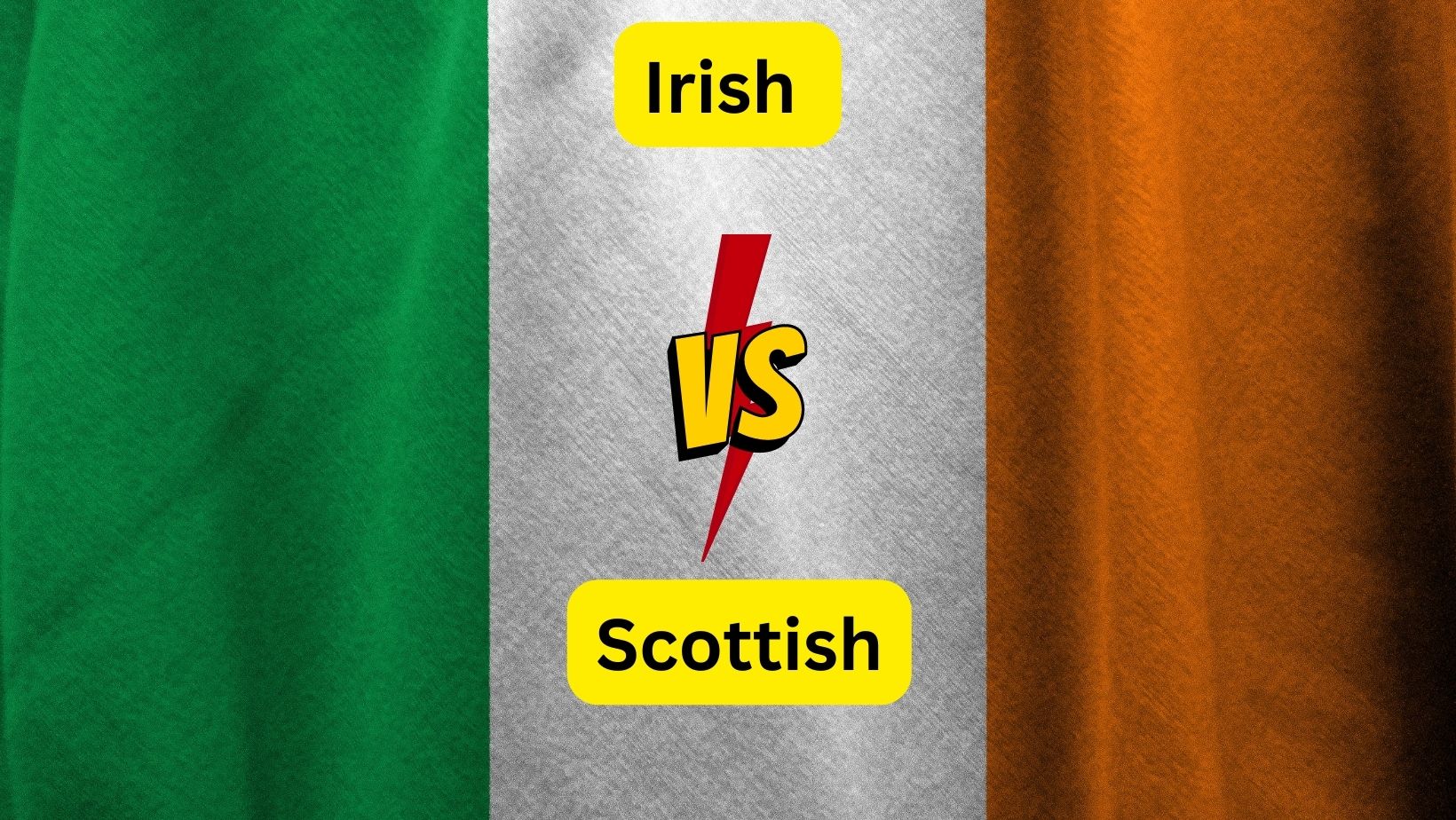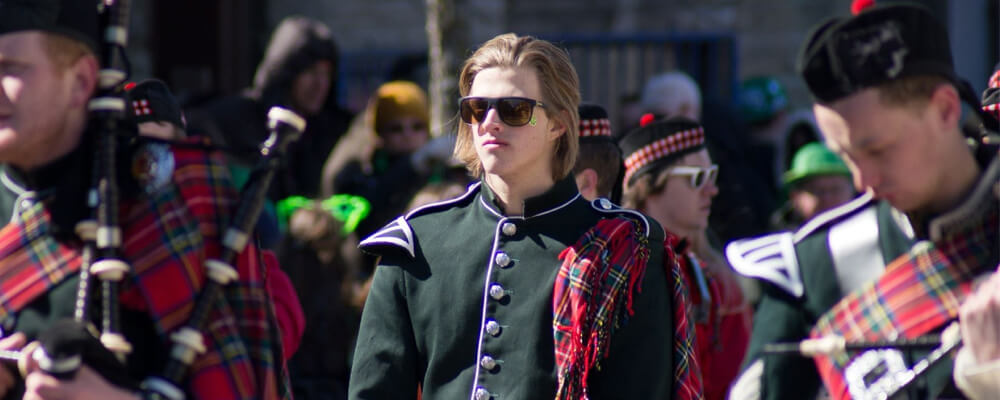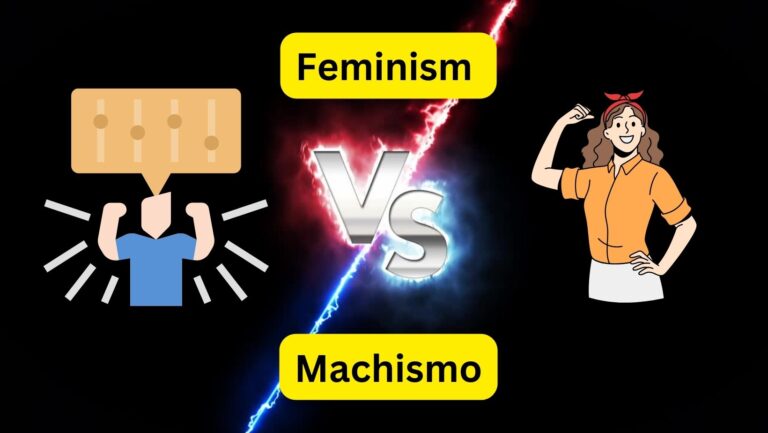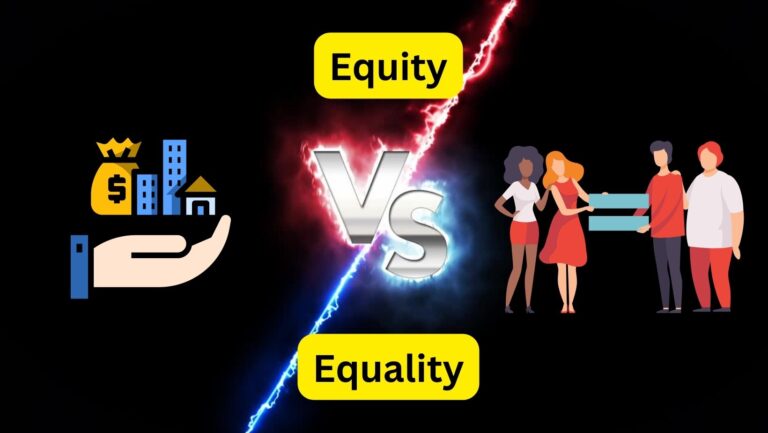
The Irish Sea is the only thing that separates Scotland and Ireland from each other geographically. However, centuries of history has made them distinct culturally. Both are Celtic countries with long histories of conflict with England and have profoundly influenced the U.S.
They are, however, distinct nations with different histories and cultures. Ireland is associated with St. Patrick, Leprechauns and the Shamrock, while Scotland might be thought of as Scotland’s kilts and tartans. These are just a few of the many differences. Let’s check below what is the differences between Irish and Scottish.

What is the Differences between Irish and Scottish
The major difference between Irish and Scottish is that the Irish are part of the Island of Great Britain, located on the north side of the island.
-
Different Governments
Both Ireland and Scotland were once part of the British Empire. However, most of Ireland gained independence from Britain in 1921. Six Northern counties are still part of the United Kingdom as the constitutive state of Northern Ireland. However, the majority of the island and its population make up the independent Republic of Ireland.
Scotland, however, is a part of the United Kingdom. The English invasion began in the Middle Ages and the two countries were officially joined in 1707. Scotland could join Ireland as an independent country depending on the outcome to a national referendum about spearing from the United Kingdom.
-
Different Languages
Both countries speak native Gaelic languages in addition to English. According to a 2011 census in Scotland, 1.1 percent of its population spoke Scots Gaelic. The Republic of Ireland was home to 41.4 percent of the population who spoke Irish Gaelic. These differences are more than just linguistic.
According to Dean R. Snow, an archeologist, the two languages started to diverge around A.D.400, when Irish settlers moved from Northern Ireland’s County Angrim into what is now Scotland’s County Argyll. Caoimhin P. O Donnaile of Scotland’s University of Highlands and Islands prepared an introductory vocabulary which explains the differences and relationships between the Gaelic languages. One difference is due to Ireland’s late 20th-century revision of Gaelic spelling, which eliminated extraneous consonants.
-
Different religions
The two countries are also divided by religion. Ireland has 84.7 percent of its population, and is predominately Roman Catholic. Northern Ireland is dominated by Protestants, which was a major reason for the counties’ separation from the newly independent Republic.
Only 54 percent of Scots identify themselves as Christians of any faith. Nearly one third of the population belong to the Church of Scotland (a Protestant faith community that is Reformed), while only 14% are Roman Catholic.
-
Different customs
Although you might find traditional Celtic images such as the circled cross, and sound like the pipe and fiddle music in both Ireland or Scotland, these cultures and customs are distinct. The bagpipe is a loud, droning instrument that produces melody and harmonies. Ireland’s traditional bagpipe is less well-known and smaller than its Scots counterpart.
The Republic of Ireland’s flag features the harp as the country’s signature musical instrument. Scotland is also famous for its national dish, haggis. This sausage is made from oats and ground beef. Ireland is best known for its beers, particularly Guinness Stout, which is exported all over the globe, and hearty stews, bread, and other delicious foods. Both countries produce signature whiskeys. This word comes from Gaelic, while it is spelled in Scotland as “whisky”.






